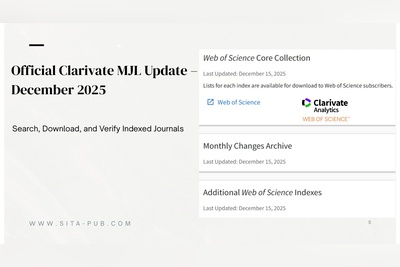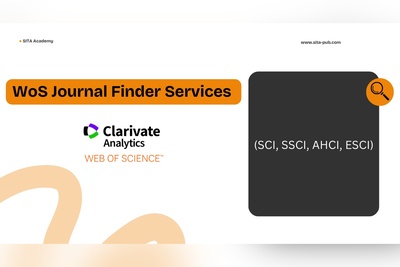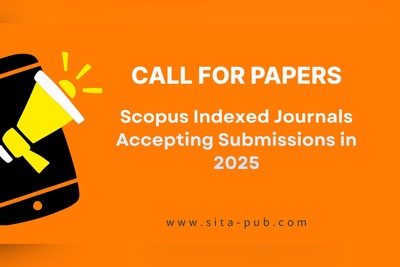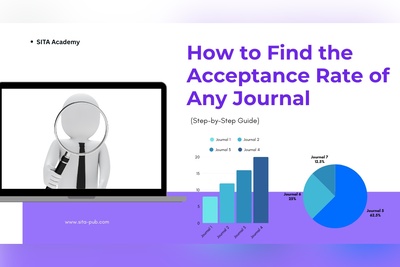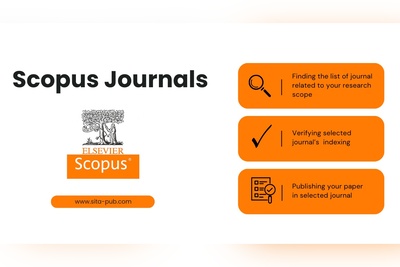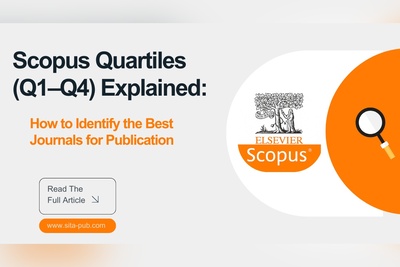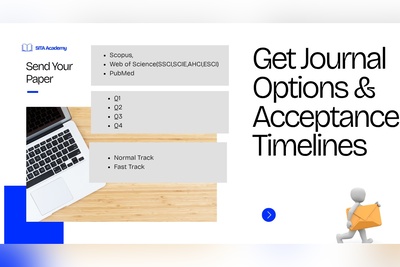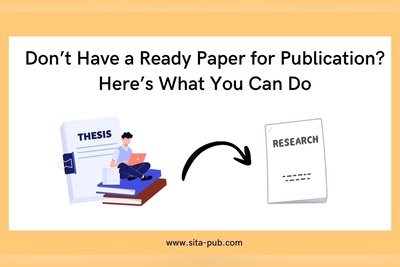How Many Publications Are Needed for Faculty Promotion?
Looking to publish your faculty promotion research? Learn the publication requirements for academic ranks and discover how to publish in top international journals indexed in Scopus, ISI, and PubMed.
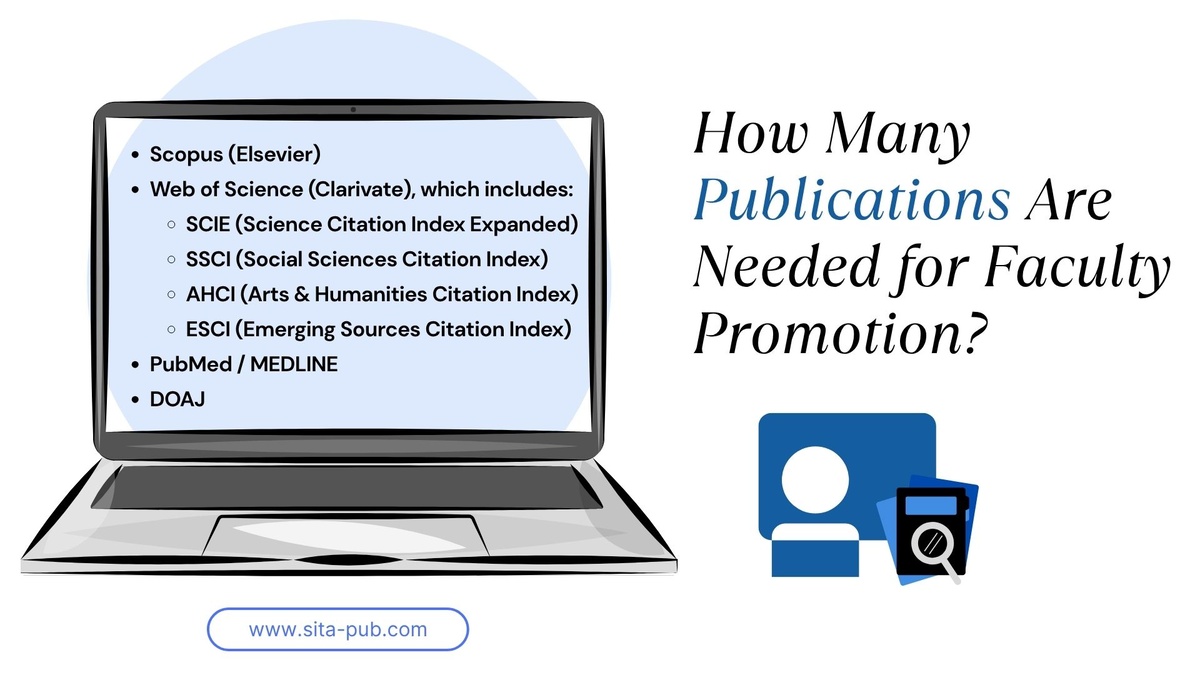
For academics, research is not just about curiosity or contributing to knowledge—it is often the key to career growth. In universities across the world, faculty promotion is a structured process influenced by multiple factors, including teaching, service, and most importantly, research publications. If you're a university lecturer, assistant professor, or associate professor aiming to advance your career, understanding how many papers you need to publish—and where to publish them—is essential.
In this article, we’ll explore how faculty positions are structured in universities, the role of publications in the academic promotion process, and the number and type of research papers required for each academic level. We’ll also discuss which journals are considered valid for promotions and how you can get expert support to publish your work efficiently.
Faculty Positions in Universities: Understanding the Hierarchy
Faculty positions in universities follow a well-defined hierarchy based on academic credentials, research output, teaching ability, and professional service. While titles and paths may differ across countries, the structure remains broadly similar. Below is a detailed overview of each academic rank, including clinical and research-specific roles.

1. Teaching Assistant / Graduate Assistant
Typically filled by Master’s or PhD students, this is an entry-level academic support role. Teaching Assistants help with grading, tutorials, lab supervision, and administrative tasks. Though not considered full faculty, they gain experience and mentorship under senior academics.
2. Clinical Instructor
A Clinical Instructor usually holds a professional degree (MD, PharmD, DPT, etc.) and focuses on practical, hands-on training for students in medicine, nursing, pharmacy, or other healthcare programs. While less research-intensive, clinical instructors play a vital role in teaching clinical skills and mentoring students during rotations and hospital-based learning.
3. Lecturer / Instructor
Lecturers often have a Master’s or PhD and focus mainly on teaching undergraduate or professional courses. Research may be optional, depending on the institution. This position may be part-time or full-time and may or may not lead to tenure-track opportunities.
4. Researcher / Research Faculty
Research Faculty (e.g., Research Assistant Professor, Research Scientist) focus primarily on conducting and publishing research, often funded by grants. These roles may not involve regular teaching but are crucial for institutional research productivity. A PhD is typically required.
5. Assistant Professor
This is a tenure-track position requiring a PhD or terminal degree. Assistant Professors are expected to balance teaching, research, and service, with a strong focus on publishing in reputable journals to build academic credibility and secure promotion.
6. Associate Professor
Promotion to this rank follows significant achievements in research, peer-reviewed publications, teaching, and university service. Associate Professors usually have several years of experience and serve as mentors and principal investigators on funded research projects.
7. Professor / Full Professor
The highest standard tenure-track role, this rank is awarded to faculty with exceptional scholarly output, leadership, and national or international reputation. Professors often serve on strategic committees, chair departments, and guide doctoral research.
8. Distinguished / Endowed / Chair Professor
This is the pinnacle academic title, reserved for scholars with global recognition and decades of influential contributions to research and academia. Often funded through endowments, this role reflects academic excellence at the highest level.
Summary
Role | Typical Qualification | Focus |
Teaching Assistant | Master’s or PhD (in progress) | Teaching support |
Clinical Instructor | MD / Health professional degree | Practical/clinical teaching |
Lecturer / Instructor | Master’s or PhD | Teaching |
Research Faculty | PhD | Research |
Assistant Professor | PhD | Teaching + Research |
Associate Professor | PhD | Advanced research + mentoring |
Full Professor | PhD | Leadership + high-impact research |
Chair/Distinguished Professor | PhD | Global research excellence |
How to Get Promoted to a Higher Faculty Rank
The academic promotion process generally involves:
Meeting minimum teaching experience
Participating in academic service (e.g., committees, curriculum development)
Securing research grants (optional but valued)
Publishing in reputable academic journals
Mentoring graduate students
Demonstrating a growing national or international reputation in the field

Among these, publishing research articles in reputable international journals is often the most quantifiable and critical criterion.
The Role of Publications in Faculty Promotion
Publications are considered proof of an academic's ability to contribute to their field. Universities expect faculty members to produce original research that is:
Peer-reviewed
Published in high-quality journals
Indexed in recognized databases
Relevant to the faculty member’s area of expertise

Publications demonstrate research productivity, build academic reputation, and show engagement with current developments in a discipline. Many universities even assign scores or points to publications, with weight given to journals based on indexing and impact.
Average Number of Publications Required for Faculty Promotion
The number of research publications required for faculty promotion varies by country, institution, discipline, and type of journal. However, most universities—especially those following international standards—expect a consistent and increasing research output at each stage of the academic hierarchy. Below is a general guideline based on global academic norms:

From Lecturer / Instructor to Assistant Professor
Teaching Experience: Minimum of 2–3 years
Publications Required:
1 to 3 peer-reviewed journal articles
Journals indexed in Scopus or Web of Science (WoS) are preferred
Other Considerations:
Some institutions may accept conference proceedings, review articles, or book chapters, but indexed journal articles carry more weight.
From Assistant Professor to Associate Professor
Teaching Experience: 4–6 years at the Assistant Professor level
Publications Required:
5 to 10 published papers in Scopus, SCIE, or SSCI indexed journals
At least 3–5 articles should be in high-impact journals (Q1 or Q2 in Scopus or Web of Science Core Collection)
Additional Requirements May Include:
Supervising Master’s or PhD students
Active participation in funded research projects
Conference presentations or participation in academic symposia
From Associate Professor to Full Professor
Teaching Experience: 5–7 years at Associate Professor rank
Publications Required:
10 to 20 peer-reviewed articles in reputable journals
High visibility in top-tier journals (preferably Q1 Scopus or SCIE-indexed)
Additional Academic Contributions May Include:
Publishing books or book chapters
Leading international collaborations
Evidence of citation impact (h-index, citations count)
Securing and managing research grants
For Distinguished Professor / Chair Professor Roles
No fixed publication number, but expectations are significantly higher:
30+ high-impact, peer-reviewed journal articles
Global research recognition and citation influence
Editorial board memberships or journal reviewer roles
Major awards, keynote invitations, and policy contributions
Important Notes:
These numbers serve as general benchmarks. Every university and department may have unique criteria.
Some institutions weigh research quality and impact more heavily than quantity.
Always refer to your university's official faculty promotion policy for precise requirements.
Which Journals Are Acceptable for Faculty Promotion?
Not all journals are accepted for faculty promotion. Most universities have strict guidelines about journal quality and indexing. The following indexing databases are widely accepted:
Accepted Journal Indexing Databases:
Scopus (Elsevier)
Web of Science (Clarivate), which includes:
SCIE (Science Citation Index Expanded)
SSCI (Social Sciences Citation Index)
AHCI (Arts & Humanities Citation Index)
ESCI (Emerging Sources Citation Index)
PubMed / MEDLINE (for biomedical fields)
DOAJ (Directory of Open Access Journals – accepted in some fields)

Some institutions also recognize:
Google Scholar citations
CrossRef DOI records
Journal Impact Factor or SJR Quartile
Universities usually publish their promotion criteria on their official websites. These documents often list:
Number of papers needed
Accepted types of publications (e.g., original research vs. review articles)
Journal indexing criteria
Authorship requirements (e.g., must be first or corresponding author)
Warning: Avoid predatory journals or any journal not verifiable via Scopus or WoS master list. Such publications may be rejected or penalized during promotion reviews.
Want to Publish Your Promotion Research?
Do you have a research paper ready for promotion but unsure where to publish it?
SITA Academy is a trusted international publication support center that works closely with faculty members, researchers, and academic institutions. We specialize in academic publishing for career advancement.
Our Services Include:
Journal selection assistance based on your field and university criteria
Formatting and editing your paper to meet journal guidelines
Submission and follow-up with journals
Fast-track publication options where available
We’ve successfully helped faculty members from universities in:
Saudi Arabia 🇸🇦
Iraq 🇮🇶
Jordan
Kuwait
UAE 🇦🇪
Egypt 🇪🇬
Turkey 🇹🇷
Malaysia 🇲🇾
Russia
Bulgaria
Denmark
Poland
Switzerland
...and many more.
Send us your paper and our academic team will analyze it and provide:
A customized list of suitable international journals
Publication timelines and pricing options
Guidance through every step of the process
Contact Us Today Through the Verified Channels Below
Verified Contact Channels
If you have any questions, inquiries, or would like to learn more about our services, please don't hesitate to reach out to us. Our dedicated team is ready to assist you.






